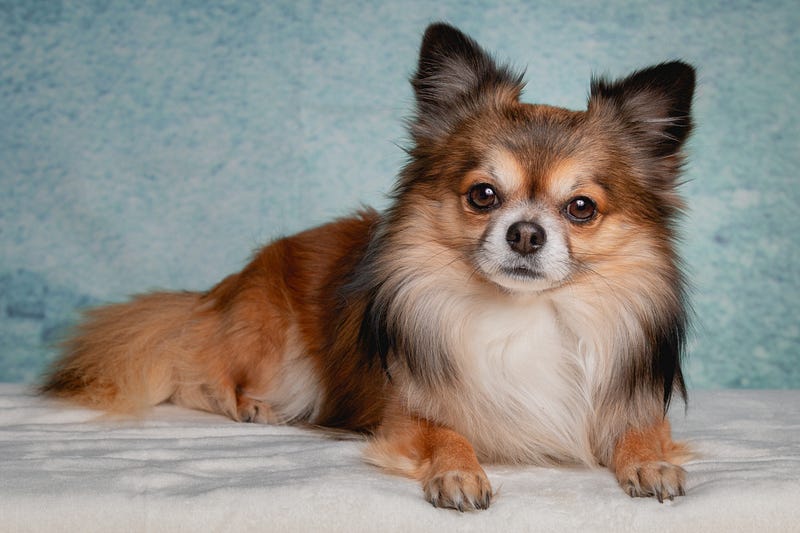The Surprising Truth About Dog Domestication and Size Myths
Written on
Chapter 1: Rethinking Dog Domestication
Recent research has cast doubt on the widely held belief that domestication was the key factor in the reduction of dog sizes. Traditionally, it was assumed that as dogs transitioned from their wild ancestors, large, fierce wolves, to more docile companions, selective breeding led to the emergence of smaller breeds like Chihuahuas and Yorkshire terriers. This notion has fueled the idea that dogs are inherently different from their wild counterparts, shaped solely by human intervention.
However, new findings suggest that the relationship between domestication and size is not so straightforward. Size significantly affects the potential for injury to humans, leading many to argue that domesticated pets, such as dogs and cats, pose less danger compared to wild animals like tigers and wolves. This perception often overlooks the critical role of size itself—tigers, for example, are far more dangerous due to their immense weight compared to domestic cats.

Nonetheless, the ease of managing smaller animals may have played a role in their domestication. Yet, it's essential to recognize that numerous wild species have naturally evolved to be smaller without human interference. Could it be that dogs belong to this group?
Section 1.1: Genetic Insights from the Past
A fascinating study has identified a genetic mutation present in ancient wolves that dates back over 50,000 years, predating the domestication of dogs. This mutation was found in the DNA of the ancient Siberian wolf, Canis lupus campestris, and is also seen in modern canids like coyotes, jackals, and African hunting dogs. This discovery implies that traits associated with smaller size in certain wolf subspecies have ancient roots, rather than being a product of recent selective breeding.
Subsection 1.1.1: Implications for Domestication
This evidence contributes to a growing body of research indicating that humans may have had a less direct role in the domestication of dogs than previously believed. Instead, it appears that dogs, similar to other so-called wild animals, may have guided their own evolution into the friendly companions we cherish today.

It’s crucial to understand that most modern dog breeds, shaped by artificial selection, are relatively new—less than 200 years old. The idea of a “purebred” dog is also a modern construct. Historically, dogs have coexisted with humans for thousands of years without being confined to homes, often living freely much like their wild relatives.
Section 1.2: The Closest Relatives
Recent studies have also identified the Japanese wolf (Canis lupus hodophilax) as the closest known relative to domesticated dogs, revealing that this species was comparable in size to a Border Collie, unlike the imposing grey wolves we envision today. Moreover, some research suggests that behavioral differences between wolves and dogs may stem more from their environments than from genetic factors.
Chapter 2: Revising Our Understanding of Domestication
The revelations surrounding dog domestication challenge the very definition of the term. It appears that dogs might not fit the conventional model of "domestication" as we know it. Instead, the concept could evolve to encompass the interactions of both domestic and wild animals in the presence of humans.
The first video titled "Transformation of Wolf to Dog; Fox Domestication; Craniofacial Feminization" explores how ancient wolves transitioned into domesticated dogs, revealing the complex interplay of genetics and environmental factors.
The second video, "3 Weird Things That Domestication Did to Dogs," delves into unexpected changes that occurred during the domestication process, providing further insight into the evolution of our canine companions.
In conclusion, the story of dogs and their evolution into beloved pets is far more intricate than commonly understood. Acknowledging these complexities may help reshape our perception of animals and stimulate discussions about their place in human society.